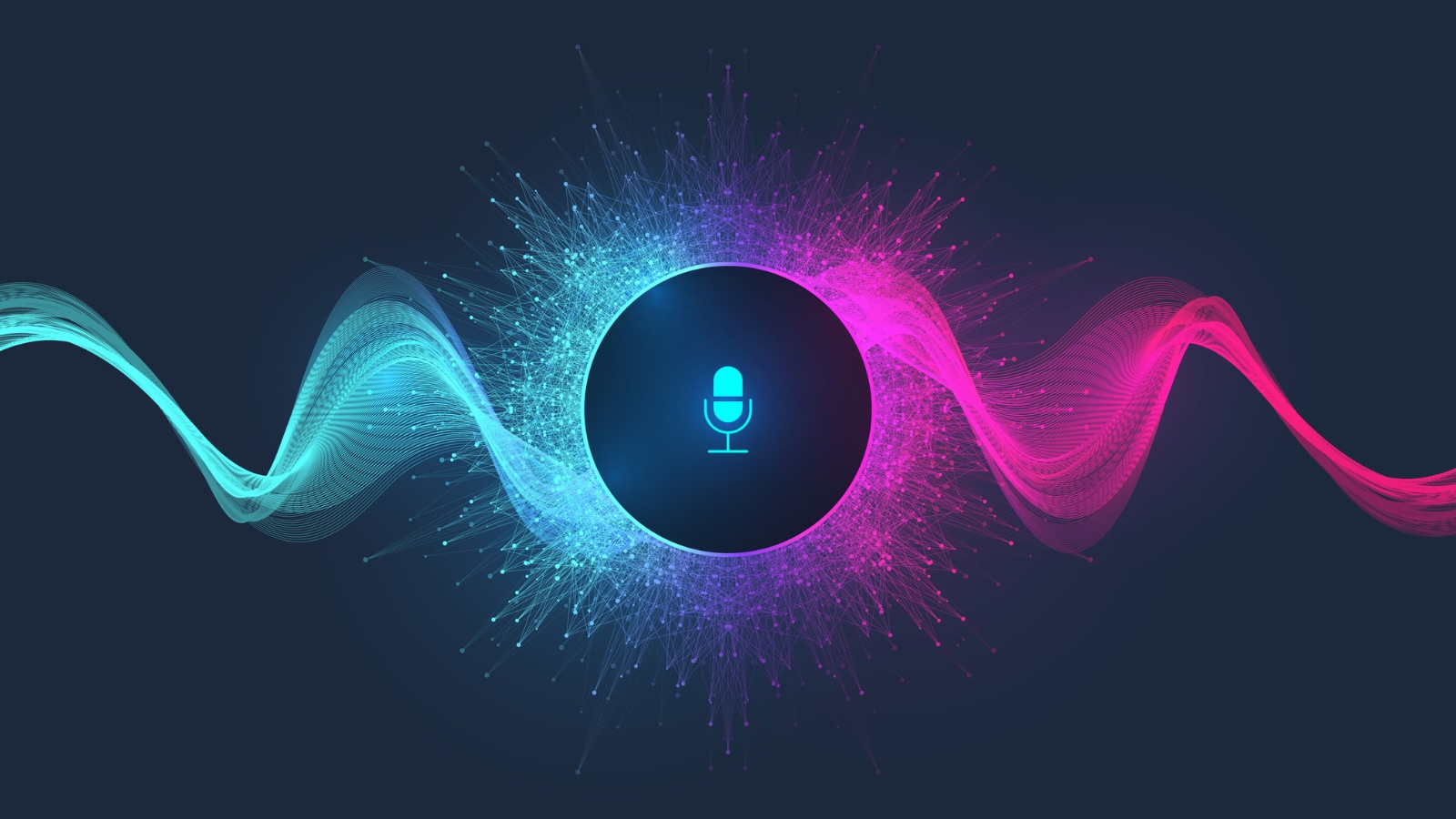It’s inspiring to think about how far speech-to-text (STT) technology has come over the years. When this tech was first introduced, it was considered groundbreaking for its ability to convert spoken language into written text. The promise of potential was there, but it had a long way to go before it got to what it is today.
Today, the advancements in speech-to-text technology have become game changers, they’ve become incredibly accurate, with some achieving near-human levels of accuracy, and because of this, it’s possible to automate many processes using its capabilities.

STT is so commonplace that we use it daily without much thought. Whether it’s Siri, Amazon’s Alexa, or Google Assistant, voice-activated assistants are becoming the norm, and they all rely on speech-to-text technology to understand and respond to user queries.
Beyond this, there are many ways to leverage this tech for your multimedia creation or eLearning and translation projects.
STT in Transcription
One of the most significant benefits of STT is its efficiency. By automating the transcription process, businesses and individuals can save time and money while still producing high-quality transcriptions. STT automation even includes timestamping of the spoken word, which eliminates the need for the painstaking manual labor of doing it yourself and reduces the overall risk of mistakes. All this helps to speed up the turnaround time for media production.
Advanced STT models are fed multiple types of speech patterns, from different languages and accents to a range of styles and phrasings. They even know how to filter out background noise so your transcriptions come out crystal clear which can be particularly useful for international companies or those working with multilingual content.

And not to be taken lightly, this technology makes it even easier for content creators to ensure that their video and audio content is accessible to a wider audience. Some STT models are advanced enough to deliver these benefits in real time so live audiences with impaired hearing can understand what others are saying and even read context descriptions included in closed captions.
STT in Translation
Enhanced translation accuracy? Yes, one of the benefits of STT tech is additional context descriptions for your content. Though we specialize mainly in STT for transcription purposes, we would be remiss not to mention its possibilities and the benefits it promises in other areas. With the aid of AI and Machine Learning (ML), STT models can capture and tag the tone, pace, and inflections of the speaker’s voice, all of which can have a significant impact on the meaning of the text.
And that’s just with one language. One of the most exciting developments in this field is the ability of Speech to Text technology to identify multiple languages within the same audio file. This “language identification” feature can significantly reduce errors in translations and provide even more accurate results.
The additional context provided by these features improves the quality of your translations and contributes to accuracy in your final product that’s true to the original content.
[form_newsletter]
STT in eLearning
These tools prove helpful for students with learning disabilities, allowing those who have a challenging time with written material to express themselves verbally instead. By transcribing spoken words into written text in real-time, people who use Speech to Text can communicate more effectively and efficiently while reducing the time and removing the stress of traditionally creating written content.
While we don’t currently have this service in our portfolio, STT’s tech can serve as an assessment tool for evaluating a student’s pronunciation proficiency. For those learning a new language and seeking speaking practice, this technology can be incredibly helpful. Students can use it to receive feedback on their pronunciation accuracy for phrases or words.
STT can be used in several ways in an educational scope. For example, students with dyslexia or other language-based disabilities can use this technology for note taking or essay writing, giving them more time and energy to focus on the work itself. And let’s not forget about how much easier it makes it for people challenged by spelling, grammar, and language to create written content.
Let Argos Be Your Speech to Text Partner
All in all, STT tools are only going to get better as the technology continues to advance. Who knows what kind of groundbreaking solutions we’ll see in the future? The possibilities are promising, and we’re excited about going on the journey with you.
Reach out to us today if you’re interested in how our STT services can help you achieve your content goals.
 Argos Multilingual
8 min. read
Argos Multilingual
8 min. read
As the official language of 22 countries, it’s no wonder that businesses are looking to invest in Arabic SEO. But how is it actually done? As part of our iSEO video series, we spoke to Heba Said, to learn more about Arabic SEO and why starting with her home market of Egypt is the perfect […]

 Argos Multilingual
2 min. read
Argos Multilingual
2 min. read
Press Release: Argos Multilingual, a leading global language solutions provider, is proud to announce that it has achieved a Silver-level sustainability rating from EcoVadis. This rating is based on four pillars of environmental, labor practices, fair business practices and sustainable procurement. “We are thrilled to receive this recognition from EcoVadis,” said Véronique Özkaya, CEO of […]












